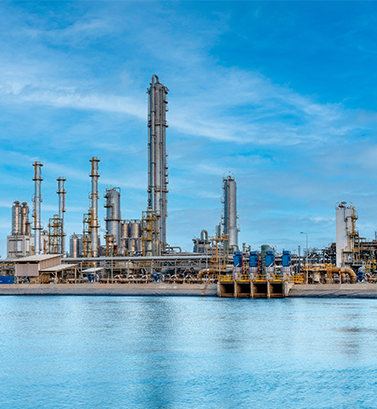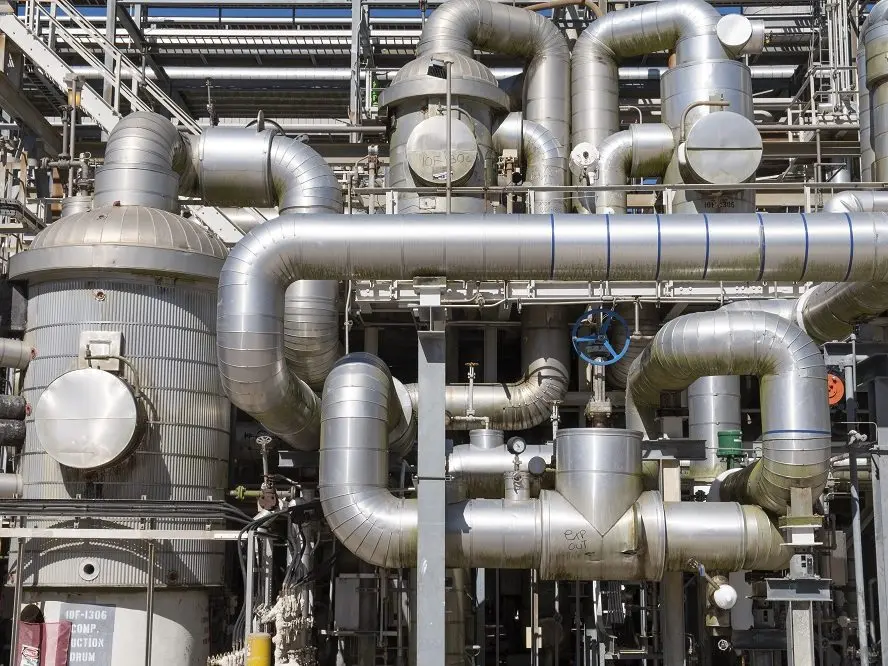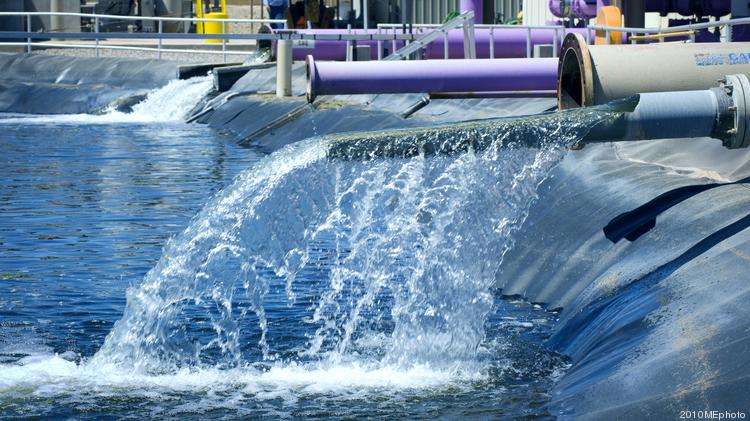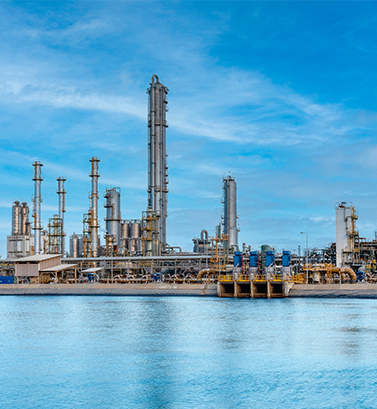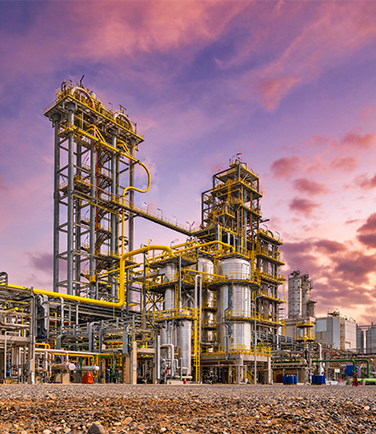Understanding Industrial Finned Tube Heat Exchangers
Industrial finned tube heat exchangers are a crucial component in a variety of industrial applications, offering high thermal efficiency and durability. These exchangers, designed for rigorous industrial settings, significantly enhance heat exchange technology by maximizing the surface area for heat transfer through the use of precision-attached fins.
Advantages of Finned Tube Heat Exchangers
The advantages of finned tube heat exchangers are numerous, making them a preferred choice in industrial heat exchangers. Their robust construction allows them to operate under extreme temperatures, ranging from -50°C to +800°C (-58°F to +1472°F), and handle pressures up to 100 bar (1450 psi). This resilience makes them suitable for demanding applications such as oil & gas, power generation, chemical processing, HVAC & refrigeration, and marine & offshore industries. Furthermore, finned tubes are resistant to fouling and corrosion, ensuring low maintenance requirements and long-term reliability. Their space-saving design is particularly beneficial as they are compact, being 40-60% smaller than equivalent shell-and-tube heat exchangers.
Customizable Features and Applications
Finned tube heat exchangers offer customizable configurations to meet specific industrial requirements. These systems can be tailored with a variety of fin types, materials, and layouts, such as helical, L-foot, embedded, serrated, and studded fins, each providing unique advantages for different applications. Helical fins are cost-effective, ideal for general industrial heating and cooling, while L-foot fins offer excellent bond strength for high-temperature applications. For high-fouling gas streams, serrated fins enhance turbulence for 15-20% higher efficiency.
The industry applications of tube bundle heat exchangers are vast and impactful. For instance, they are efficient in crude oil heating in refineries and in natural gas cooling in processing plants within the oil and gas sector. In power generation, they serve well for feedwater heating in boilers and flue gas heat recovery systems. These exchangers are perfect for reactor cooling jackets in chemical processing and are also suitable for industrial chillers and district heating networks in HVAC & refrigeration. In marine and offshore environments, they provide excellent utility in seawater cooling systems and engine exhaust heat recovery.
Overall, industrial finned tube exchangers are a testament to advancements in heat transfer solutions, offering unbeatable efficiency, durability, and versatility across a wide range of applications.

